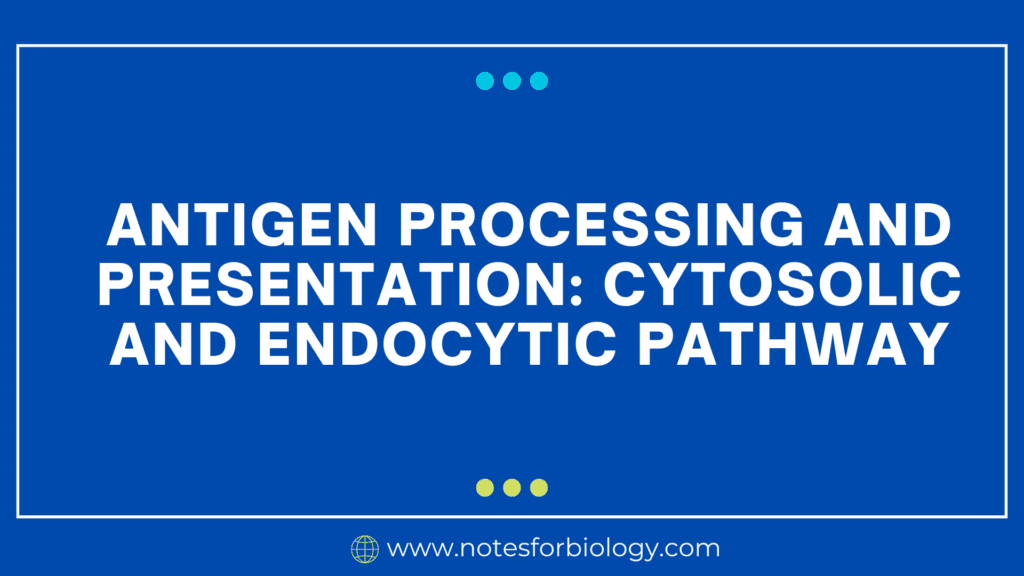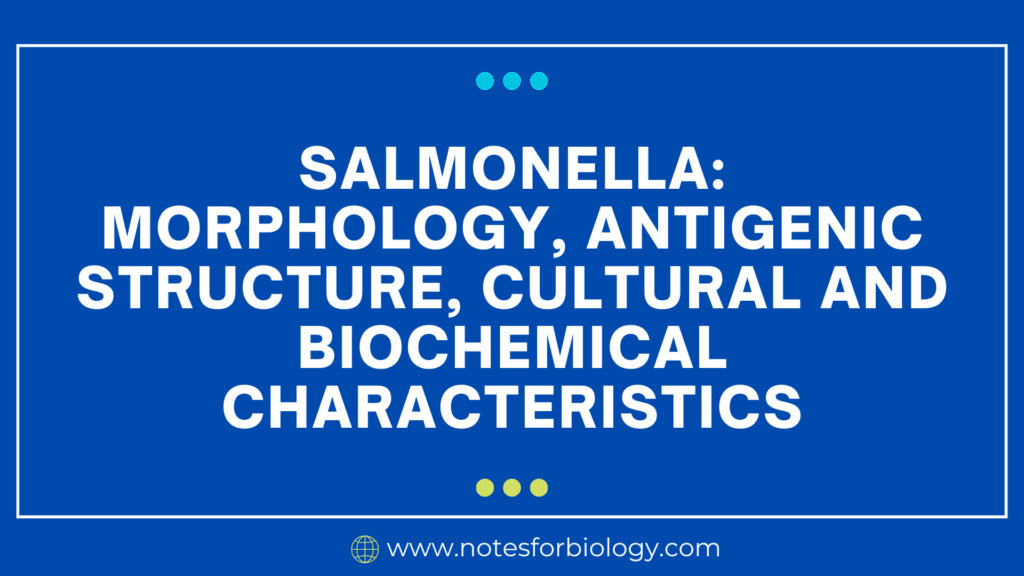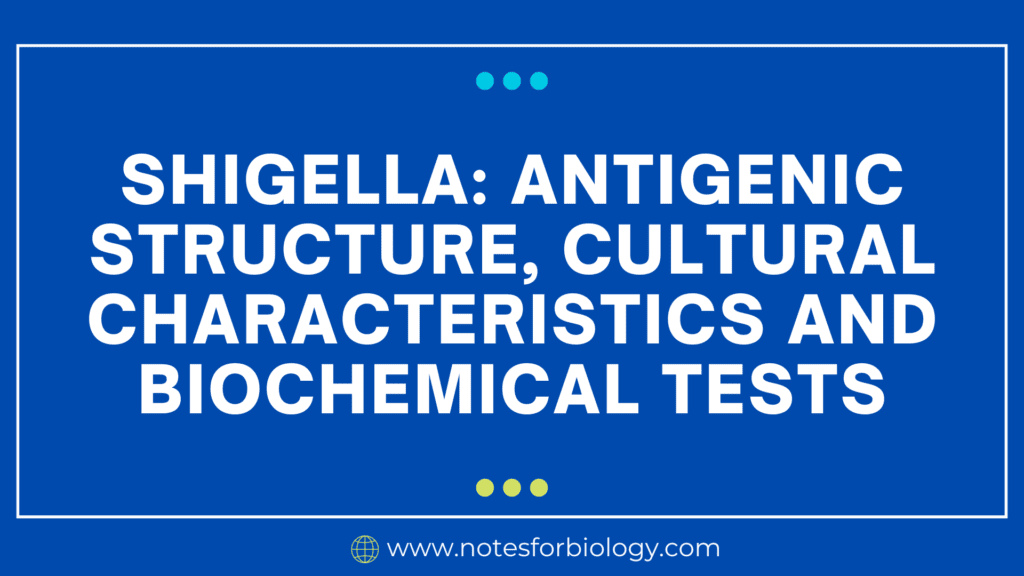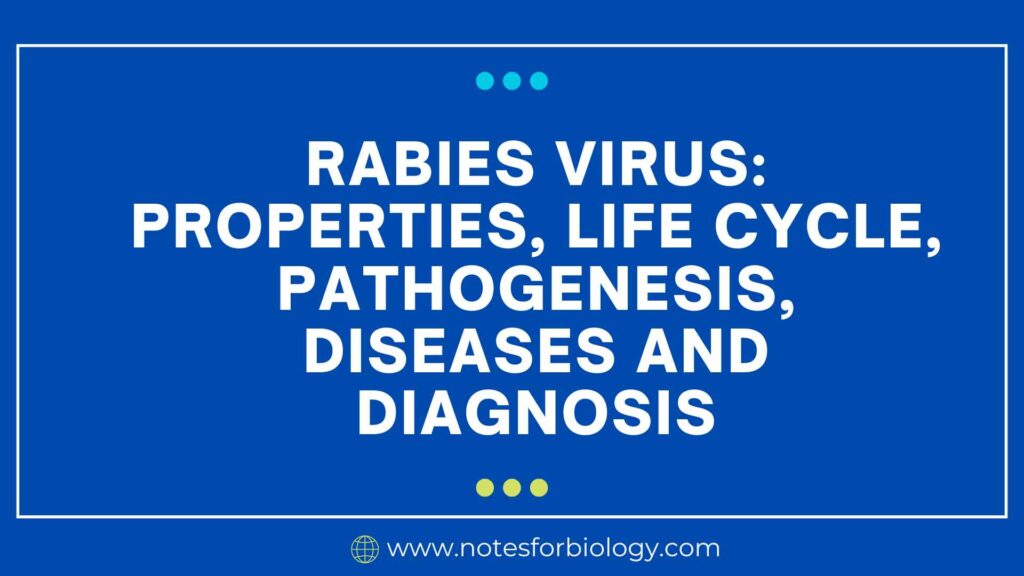Antigen processing and presentation: Cytosolic and Endocytic pathway
Antigen processing and presentation are critical for the immune system to recognize and respond to pathogens. Antigen processing involves the breakdown of antigens into peptides and their presentation on the surface of antigen-presenting cells (APCs) by major histocompatibility complex (MHC) molecules. There are two main pathways for antigen processing and presentation: the cytosolic (endogenous) pathway […]
Antigen processing and presentation: Cytosolic and Endocytic pathway Read More »










